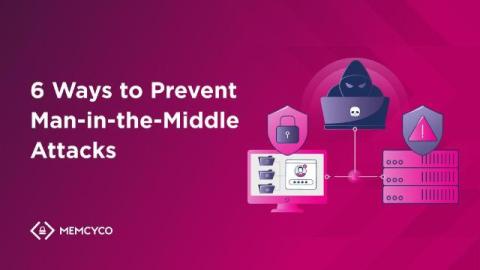What is active directory and why is it on an attackers radar?
In the past year, 85% of organizations have experienced an Active Directory attack. To strengthen your security posture and defend your AD, you need to what attackers are looking for. In this video,'s experts give you an insight into what exactly is Active Directory and what makes it such a lucrative target for cyber attackers.











